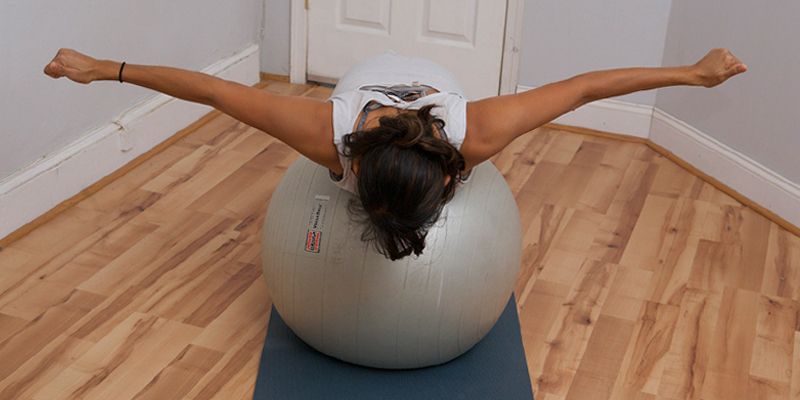
When we think of exercises that would benefit the body’s core, we usually envision ways to strengthen the back and abdomen. We often overlook another crucial part of that core—the pelvic floor. Made up of tendons, ligaments and muscle, the pelvic floor almost acts as a hammock that holds up the bladder, uterus and abdominal organs. When strong and toned, the pelvic floor surrounds and strengthens the opening of the urethra, vagina (in women) and anus. It is easy to see why we need this muscle to be strong and functional, but sometimes, the pelvic floor’s functions are compromised by factors such as childbirth, surgery, aging, chronic tension or injury. Pelvic floor dysfunction is simply defined as a wide range of abnormalities in the pelvic floor, such as a weak or tight pelvic floor or an underlying musculoskeletal issue that manifests as pelvic pain. Both women and men can suffer from pelvic floor pain.
Clinical conditions that may be linked to pelvic floor pain may include vulvadynia, vestibulitis, pudendal neuralgia, interstitial cystitis, non-bacterial prostatitis, lichens sclerosis and endometriosis. Physical therapy can be an effective treatment for pelvic floor dysfunction. Often, patients ask their pelvic floor physical therapists if they can continue with their exercise routine or if it will interfere negatively with the healing of their pelvic floor. Each person struggling with pelvic floor pain and dysfunction has a unique case and so, there is no one-size-fits-all answer! Some exercises will enhance the pelvic floor’s functionality and alleviate pain, but others may only worsen or cause dysfunction. However, there are some overall types of exercise that should be practiced or avoided depending on each person’s individual factors.
People who have overly tight or overactive (hypertonic) pelvic floor muscles should approach core-strengthening exercise such as abdominal workouts, planks, boot camps and Pilates with caution! For such people, it is best to consult with a pelvic floor therapist, such as those at Rebalance, to help modify their Pilates class or coordinate with their Pilates instructor to modify their programs.Typically stretching, yoga and more meditative exercises are also recommended to help relax the muscles but again, even these exercises would be modified based on each person’s individual needs. In cases where there may be an underlying musculoskeletal or other medical diagnosis causing pelvic floor dysfunction, it is best to consult with a pelvic floor physical therapist before beginning to exercise. A physical therapist specializing in pelvic floor dysfunction, like those at Rebalance, will recommend an exercise regimen most suitable for each patient’s specific diagnosis.
Are you struggling with pelvic floor dysfunction but are unsure what is causing it? Do you need help discovering which pain-relieving exercises are best for your body? Contact Rebalance physical therapists, who will assess your body, suggest lifestyle changes and prescribe a plan to restore your pelvic floor!
In-Person and Online Consultations


